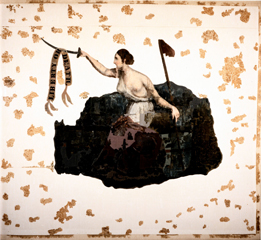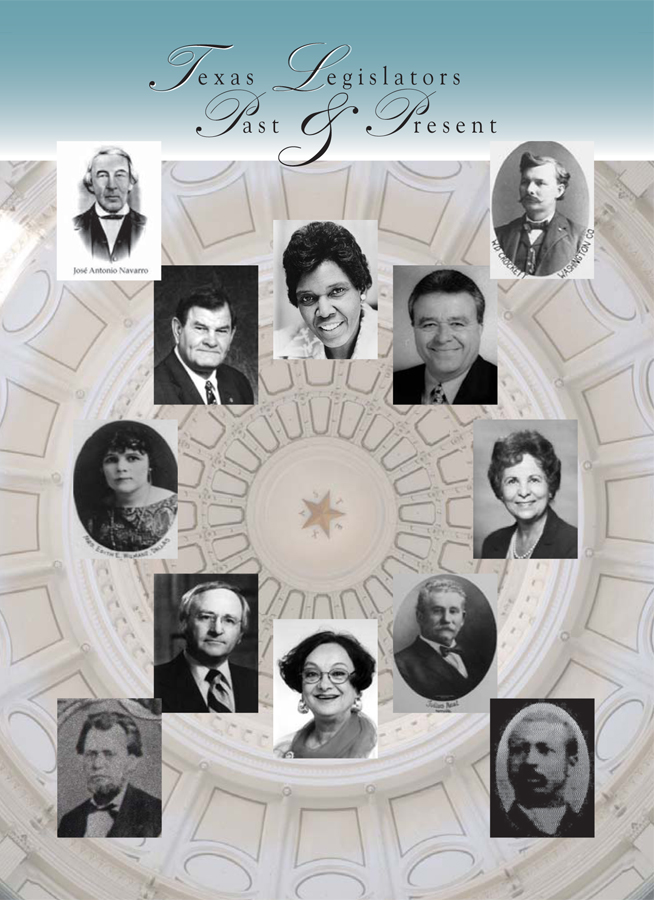This week, Thursday May 12 is the last day for the House to consider second reading House bills and House joint resolutions on the Daily or Supplemental Calendar; Friday, May 13 is the last day for the House to consider consent House Bills on second reading and all third reading House bills and House joint resolutions on the supplemental calendar.
The month of May includes so many dates of interest that the Texas Legislative Council has prepared a calendar showing deadlines for action under the House and Senate rules.
Other significant dates and deadlines can be found on the Texas Legislative Council's Dates of Interest page.
- Appropriate amounts from the Economic Stabilization Fund for previous purpose during the current biennium Constitution III, § 49-g(k)
- Appropriate amounts from the Economic Stabilization Fund for the succeeding biennium when the revenue estimate is lower than the revenue estimate for the prior biennium Constitution III, § 49-g(l)
Two-thirds of members present and voting
- Appropriate amounts from the Economic Stabilization Fund at any time for any purpose Constitutional III, § 49-g(m)
- Amend a bill on third reading House rule 11 § 5, Senate rules 7.19 and 10.02
- Suspend the rules, except when another vote is specified House rule 14 § 5 and Senate rule 22.01
- Suspend the regular order of business Senate rule 5.13
Two-thirds of members qualified
- Enact a general or special law granting the power of eminent domain Constitution I, § 17(c)
- Immediate effect for a bill; Constitution III, § 39 , House rule 8 § 19 and Senate rule 16.05
- Adopt a joint resolution proposing a constitutional amendment Constitution XVII, § 1, House rule 9 § 1 and Senate rule 10.02
- Suspend the rule requiring bills to be read on three several days Constitution III, § 32, House rule 8 § 8, and Senate rule 7.18
- Introduce bills and joint resolutions, except local bills, emergency appropriations, and emergency matters submitted by the governor, after the first 60 days of the session House rule 8 § 8
Four-fifths of Members qualified
- Suspend the constitutional order of business Constitution III, § 5
- Allow the consideration of bills during the first 60 days of a regular session Constitution III, § 5 and Senate rule 7.13
- Introduce bills and joint resolutions, except local bills, emergency appropriations, and emergency matters submitted by the governor, after the first 60 days of a session Constitution III, § 5 and Senate rule 7.07
Wednesday and Thursday are designated House bill days in the Senate and on these days a House bill is found at the top of the calendar; there is no permanent blocker bill for House bills on a House bill day. The Senate may continue to bring bills up for consideration out of the regular order of business, in which case the House bill at the top of the calendar may serve as a temporary blocker bill for House bills. If the House bill at the top of the calendar comes up for consideration during the course of the day, the next bill on the calendar may in turn be treated as a blocker bill.



